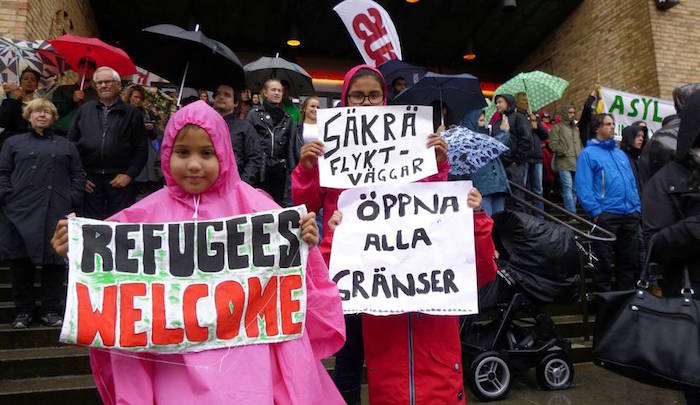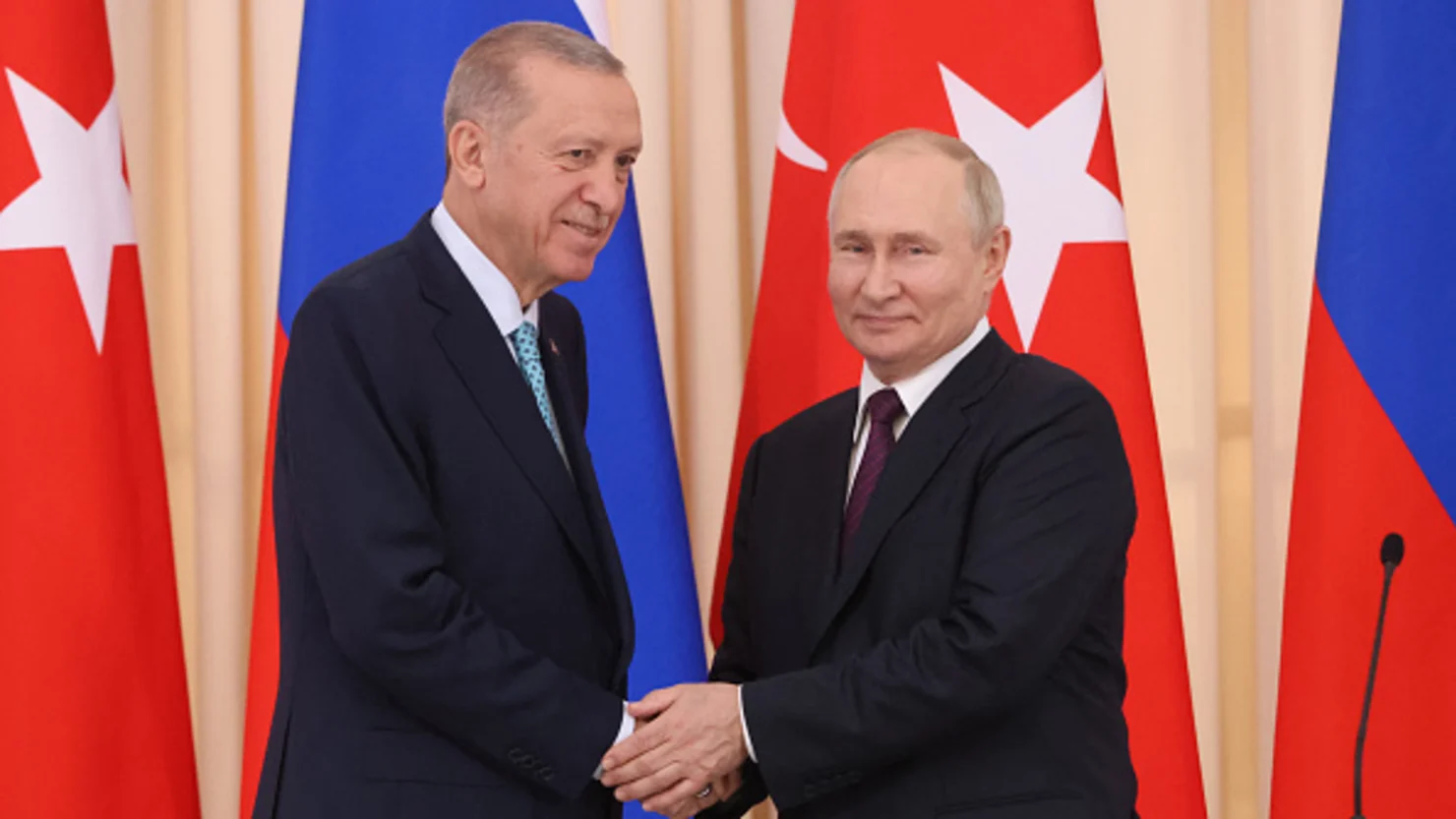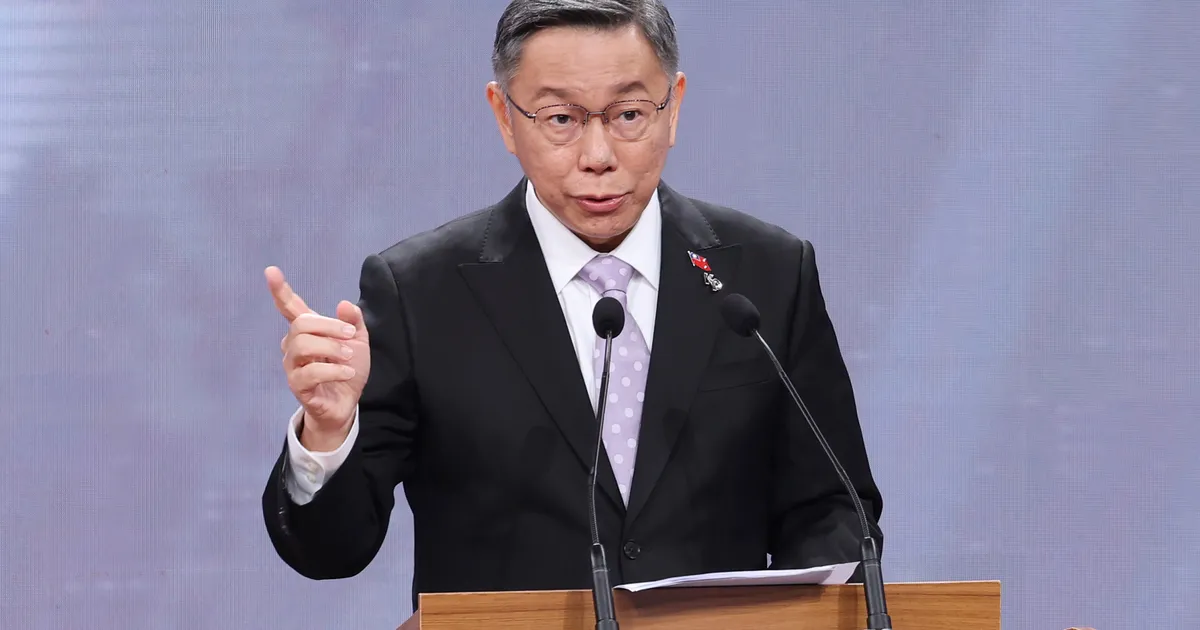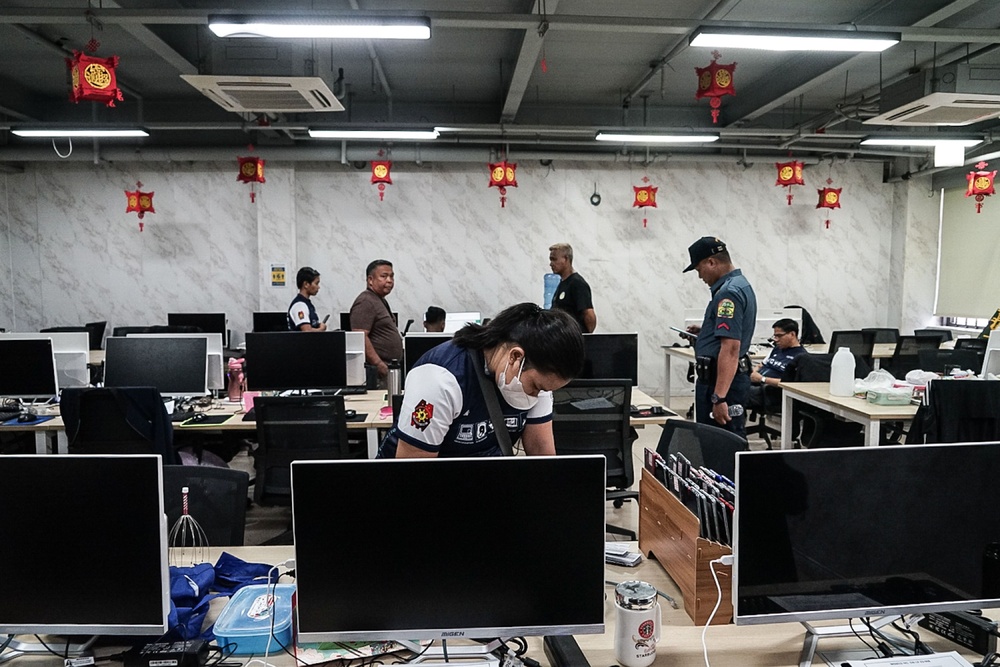Sweden – a case study of uncontrolled immigration
Little can be said about the recent social developments that are in motion in some of the most populous regions in Sweden. Most of us grew up with the idea that this Nordic state, one of the most powerful economy on the European continent, represented the stability and the prosperity we all strive for in a country. Nonetheless, nobody can dispute the fact that Sweden has managed to become an economic powerhouse and a true haven for the implementation of socialist ideas, but the truth of the matter is that things have gone sour during the last couple of years, mainly due to an uncontrolled and unparalleled immigration policy that has brought hundreds of thousands of foreigners on Swedish territory.
The Swedes
To see where all these problems started, we first have to understand that Sweden is not your typical country – with 450.295 square kilometers of land and a population of only 10 million people, it makes it one of the lowest populated areas in Europe, with a density of 22 inhabitants per square kilometer. Approximately 85% of the people living in Sweden are located in urban areas, with Stockholm and Malmo being the largest cities. A conformist culture, the Swedes can be summed up as individuals that would rather join together as a group and work to find the point of “lagom” concerning the issue, “lagom” being a Swedish term best translated in English as “Within reason” – never too much, never too little. Always a back and forth until the most reasonable solution in relation to the situation within the group is found – nobody gets everything, and nobody gets nothing, always within reason.
Although this cohesion might have worked in the past, the recent immigration wave that has hit Sweden has thrown the balance off the charts. The above mentioned mind-set requires everyone to join into it for it to function on a collective level, as Swedes not only despise emotional displays, but also conflict and overt domination. A lot of their cultural traits are not even explained or taught overtly – due to the population always striving for the solutions that are within reason. This might not seem like a bad thing, but this general cohesion is strictly tied to the cultural similarities of the people that are ethnically Swedes, with immigrants having a really hard time truly integrating in this culture.
Immigration and integration
During the last couple of years, Sweden has seen a constant rise in immigration, with cities such as Malmo literally transforming their ethnic distribution overnight (it is stated that Malmo is now comprised of 50% immigrants). This policy, however, has not been implemented rightfully - integration into the Swedish society has all been forgotten for the sake of political correctness and virtual signalling, with the politicians preferring to pander to the needs of the minorities in order to not be seen as racist, at the detriment of their own people.
Taking Malmo as an example once again – this once quiet city is now overrun with violence. The culture of fear is so palpable that parents are no longer comfortable sending their children out to play. Sexual violence has skyrocketed, violent attacks have spread like wildfire, yet the Swedish Government has not taken any actions against these abnormal situations. Most studies show that the bulk of the problem stems from one particular community – the Muslim immigrants – that has a real problem integrating into the Swedish society altogether. While most Swedish and European politicians have continuously denied these accusations that have been brought against the Muslim minority in regards to the recent rise in criminal activities, the numbers clearly show a predisposition of the refugees to cause concern to the authorities. Malmo, just like Molenbeek in Belgium, has become a breeding ground for anti-social behavior and there’s nothing that the politicians can say that would change this matter.
Irrefutable statistics
Asylum applicants in Sweden have risen to 162.000 in 2015 only, according to Eurostat, the agency that collects statistical data from all EU countries. A large majority of the 2015 asylum seekers – 114.470 – were male, with close to half of them between the ages of 18 and 34. To put it more lightly, Sweden currently accepts one in seven migrants entering Europe, with most if not all of them coming from Muslim countries that are currently ravaged by war (Syria, Afghanistan, Iraq, Somalia and so forth). The total number of Muslims that are now living in Sweden is close to 500.000, with their numbers raising at an alarming rate, given the fact that a typical Muslim family is comprised of more than 5 people, further adding the latest passed Swedish proposition that allows migrants to relocate their families from their native countries into Sweden. This might seem like a small number (it only makes roughly 6% of the Swedish total population), but the recent events have clearly shown that most of the immigrants that have moved to Sweden in the last couple of years are unable to integrate into the society. They do not learn the language, nor respect the local culture – instead, they resort to criminal activities that deeply affect the social life of many ethnic Swedes. Although jobs are offered to them on a daily basis, they simply reject them and proceed to leach on the welfare the Swedish Government allocates them monthly. Out of hundreds of thousands of recent immigrants, only 80 of them managed to find a job – and this tells you pretty much everything when it comes to integration.
It’s no wonder that despite its liberal reputation for warmly welcoming incomers, Sweden is currently shifting towards the far-right, with the SD (Sweden Democrats) becoming the second largest political party in the country, with serious prospects at winning the 2018 election cycle. More and more Swedes are changing their attitude about immigration, while concerns over security are constantly growing. Police reports are being masked by the Government, crime statistics are disregarded whatsoever and believe it or not, the country is running out of accommodations. As for paying for all the newcomers, Sweden has dipped into part of its overseas aid budget but has also gone cap in hand to the EU, asking for additional emergency funding to cope with the ever-growing influx.
Of course, migrants cannot be blamed for all the ills of the Swedish society. Yet the crime rates in the last couple of years have skyrocketed to an unprecedented level – according to the Gatestone Institute, a respected American think tank, the number of rapes in 2014 had risen to 6.620, an increase of 1.472% since 1975, making Sweden the second highest country in the world with these kind of numbers – surpassed only by Lesotho in southern Africa. Even the normally reticent police officers have admitted, under anonymity, that some parts of Sweden have become “no-go” zones for them, such as Stockholm’s neighborhood Rynkebby, that is currently comprised of 90% Muslim immigrants. The authorities refuse to act in fear of being labelled as racist, deciding instead to sweep the problems under the rug and pretend that nothing is wrong.
The radicalization of the youth
Radicalization is now a part of Swedish culture – or so the Swedish Government intends to point out by standing idly when faced with a problem of this magnitude. Swedish social anthropologist Aje Carlbom and parliamentarian Abderisak Aden, who has founded the Islamic Democratic Institute, have both stated that they believe that at least part of the leading members of SMR (Muslim Council of Sweden) support Islamist ideologies and are influenced by the Egyptian Radical Muslim Brotherhood. On top of that, the Brandenbergen Mosque has been described by the FBI terrorism consultant Evan Kohlman as a propaganda centre for the Armed Islamic Group (GIA), and many other mosques in Sweden openly propagate extremist Islamic views that are not compatible with democratic countries – such as telling women to sleep with their husbands even if they did not want to or to accept being beaten; discouraging the people from going to the police to report crimes; advocating for the introduction of Sharia law in the Swedish environment. About half of the mosques implicated in this scandal are no less still receiving state or local funding – which usually obliges them to promote basic values of Swedish society, such as equal rights between genders.
The Swedish economist Tino Sanandaji, who himself has an Iranian-Kurdish background, recently described what’s happening in Sweden as “quite disastrous”. He said: “This is an irreversible social experiment that no wealthy state has ever attempted. There are almost no ideas or visions over how this can be solved. You can’t combine open borders with a welfare state […] It’s just mathematically impossible for a small country like Sweden to fund that”. Tino Sanandaji is rightfully correct in his statement – in 15 years’ time, demographers say, indigenous Swedes will be in a minority in their own country, because the immigrants who arrive are allowed to send home for wives and children, who in turn will have their own children. A descent into madness that will not only change the future face of this country, but the entire political landscape in the EU – given the fact that, as seen in different countries such as France or the Netherlands, Muslims tend to vote ethnically for a party that represents their religious view.
Cause and effect
For whoever thinks that these problems can be explained simply by blaming the recent migration wave sparked by the Syrian Civil War, it’s not that simple. It was back in 1975 that the Swedish parliament – controlled by the socialists – decided that the country shall become multicultural, even going as far as stipulating this fact in the Constitution. The population then stood at eight million – virtually all of them ethnic Swedes – but this will change very fast, due to the falling demographics experienced not only by Sweden, but by most of the European countries. The ultra-liberal immigration policy was pursued enthusiastically by the Left-wing Social Democrats for the next four decades. Those who dared to criticize the radical plan and change of course were shouted down as racist – bashed by both the Media and the State Apparatus, the opposition quickly became null, as Sweden transformed itself as the world citadel of political correctness.
The conclusion may vary, depending mostly on the political views and ideology of the reader. One thing stands for sure – if the current immigration policy is not overruled quickly, there’s a big chance that the ethnic distribution of Sweden will forever change, in just a matter of years. While this might not seem like such a big deal, the recent events that transpired on the European continent clearly shows that most countries that have allowed entry to un-vetted immigrants face a very serious security issue, be it in the form of terrorism or increased criminal activities. All of this makes us ask ourselves the following: how can a country cope with these kinds of situations? What measures can we take to quickly pinpoint terrorist activities that are being planned by people that are merely pretending to be refugees? How can we correctly asses the dangers of uncontrolled immigration without restricting people that truly need our help? Unless we answer these questions rapidly, radicalization on all sides will continue to exist and tensions will continue to rise.










Trackbacks and Pingbacks